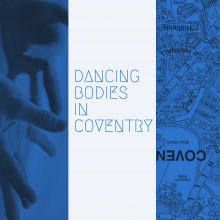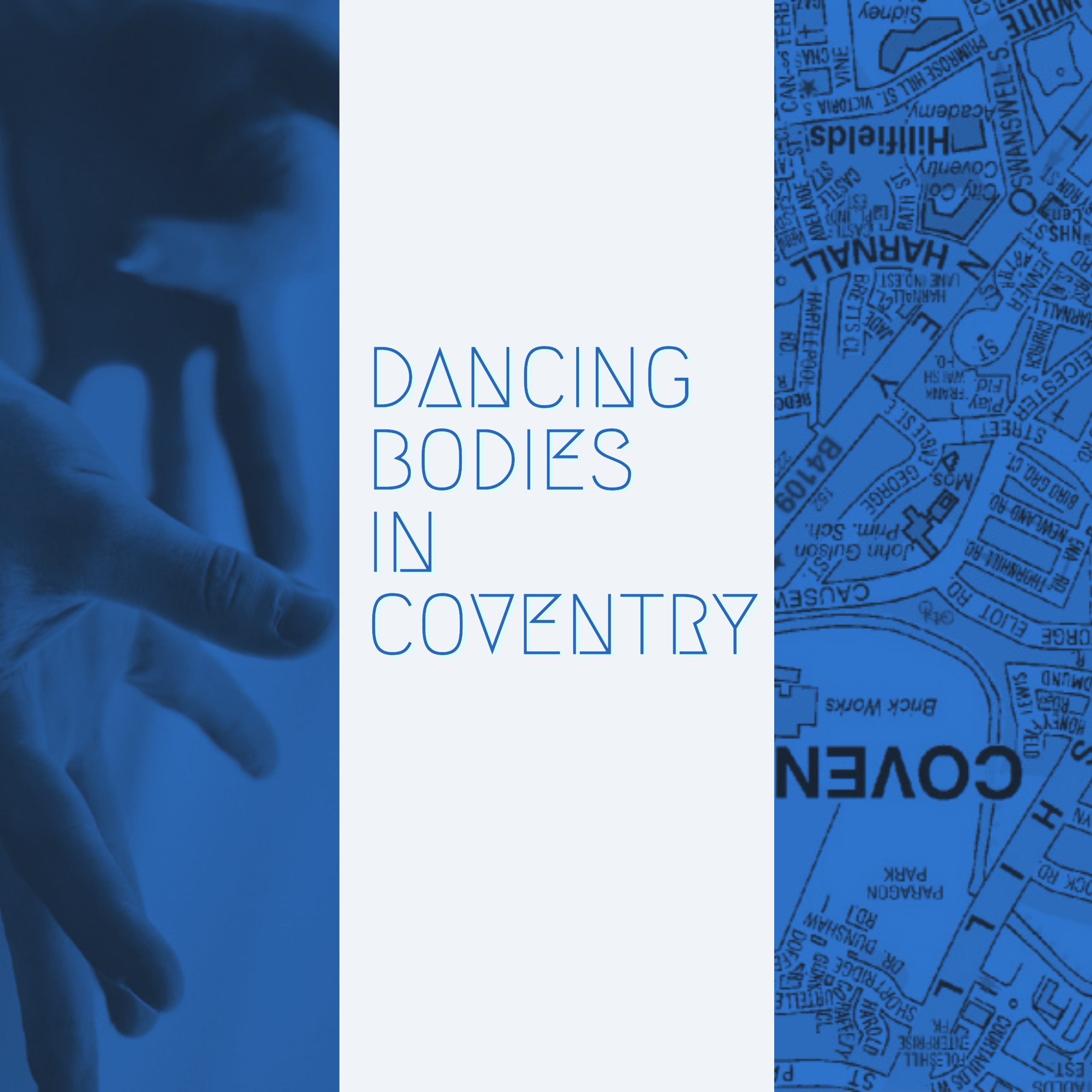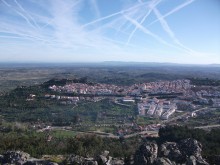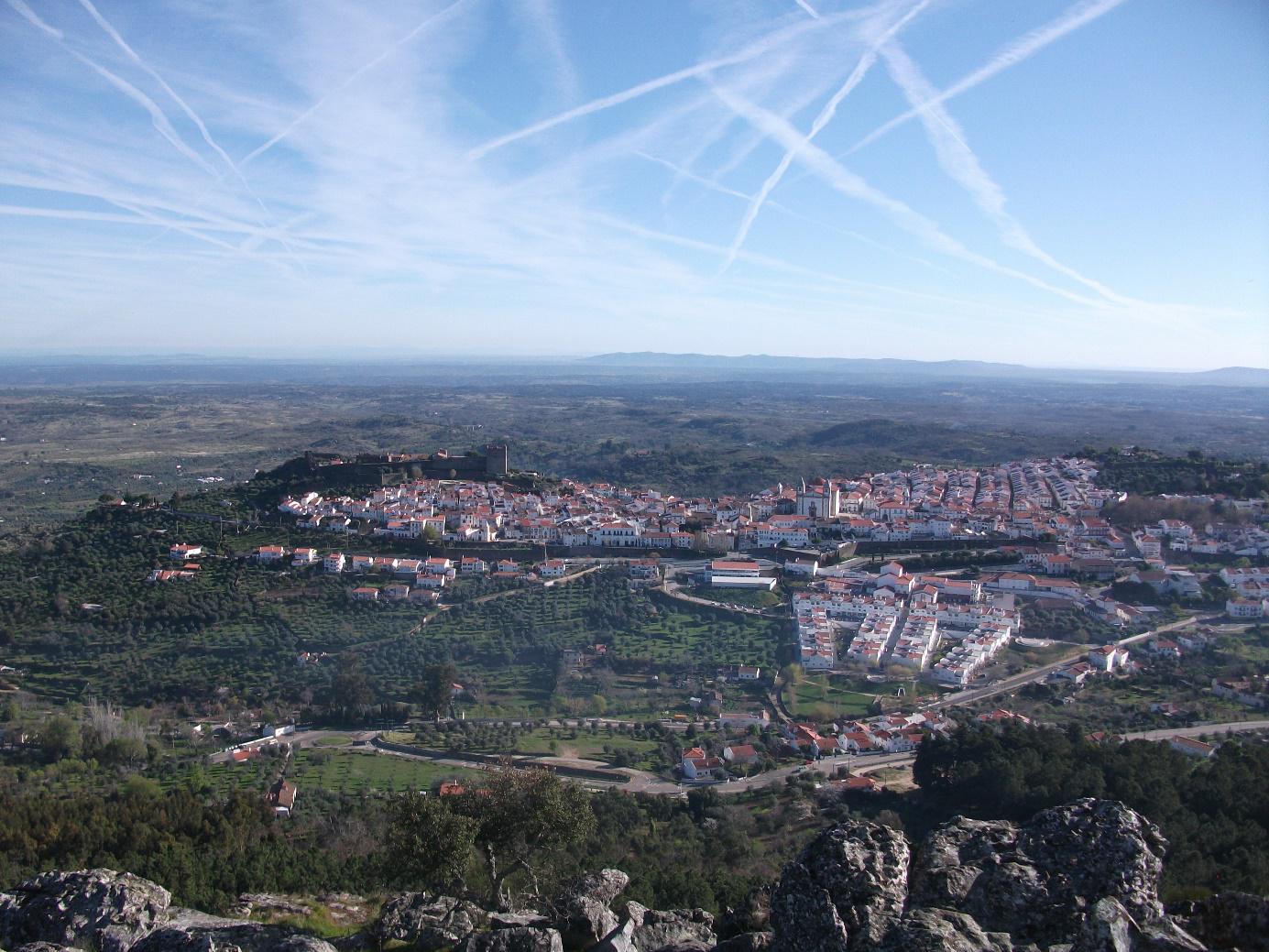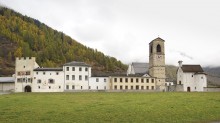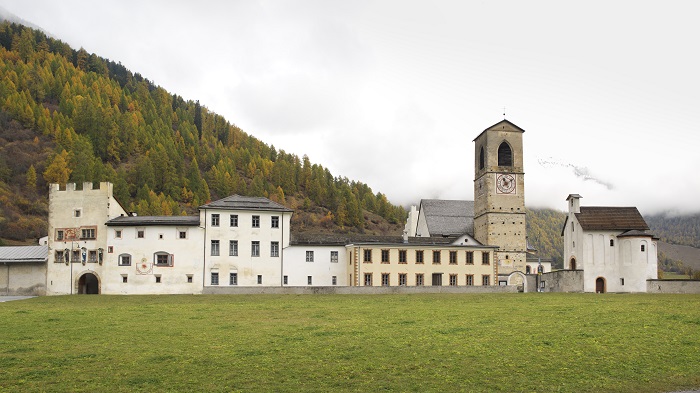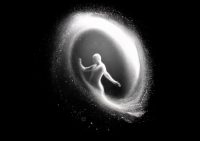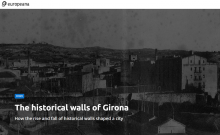
The Ninth International Conference on Digital Presentation and Preservation of Cultural and Scientific Heritage–DiPP2019 will be organized under the patronage of UNESCO and Burgas District Administration. It aims at presenting innovative results, research projects and applications in the field of digitisation, documentation, archiving, representation and preservation of global and national tangible and intangible cultural and scientific heritage.
DiPP2019 web site: http://dipp2019.math.bas.bg/
Call for papers: PDF, 311 Kb
The deadline for title and authors’ names submission: 20 May 2019.
The deadline for paper submission: 5 June 2019.
The focus of conference Digital Presentation and Preservation of Cultural and Scientific Heritage – DiPP2019 is to provide open access to digitised cultural heritage and to set up sustainable policies for its continuous digital preservation and conservation. The priority area is the digital presentation and preservation of cultural and historical objects under conditions of risk. The forum will demonstrate innovative technologies and prototypes, including digital repositories, digital archives, virtual museums and digital libraries, which result from established practices and achievements in the field. Representatives of a number of public and specialised libraries, museums, galleries, archives, centres, both national and foreign research institutions and universities will be invited to participate and exchange experiences, ideas, knowledge and best practices of the field.
There will be also Workshop on Open Access to Scientific Publications, Data and Data Science, which will primarily focus on the following activities: Open Access indicators; disseminate partners’ best practices; discuss research problems in the field; discuss the possibilities of establishing a network of open access repositories; contribute to the problems of the harmonization of national legislation and practices; and discuss the possibilities of developing training courses for creators and managers of scientific digital repositories to ensure interoperability.
Principal organiser:
Institute of Mathematics and Informatics, Bulgarian Academy of Sciences, 1113, Sofia, 8, Acad. G. Bonchev Str., website: http://www.math.bas.bg, phone: +359 2 870 1072, fax: +359 2 971 3649, e-mail: director @ math.bas.bg
Co-organisers:
Regional Academic Center – Burgas, Bulgarian Academy of Sciences, Regional Historical Museum – Burgas, Burgas Free University, Index Ltd.
Under the patronage of: UNESCO and Burgas District Administration
DiPP2019 conference: September 26-28, 2019
Deadline for papers submission: June 05, 2019
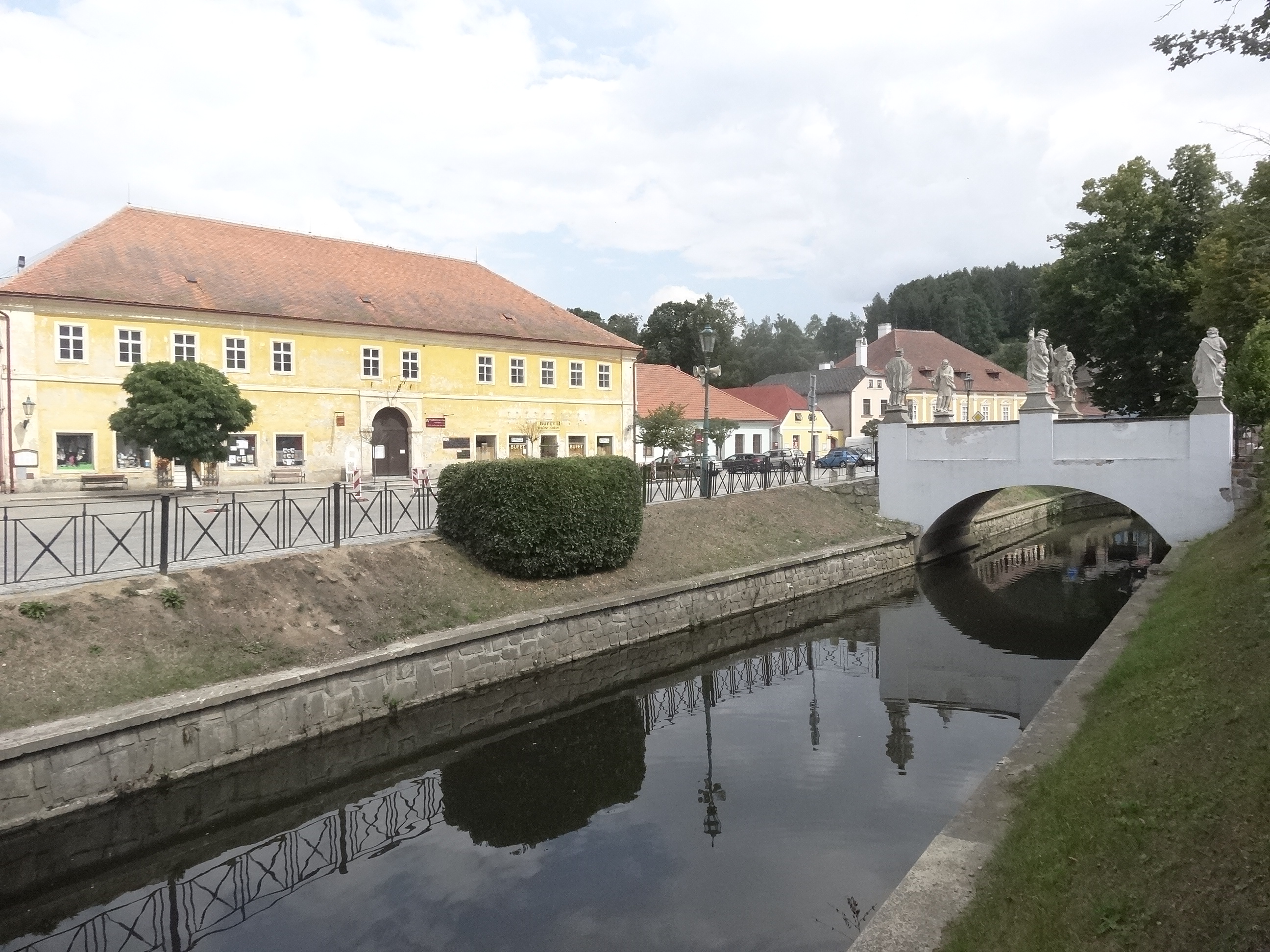


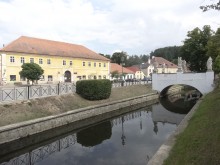
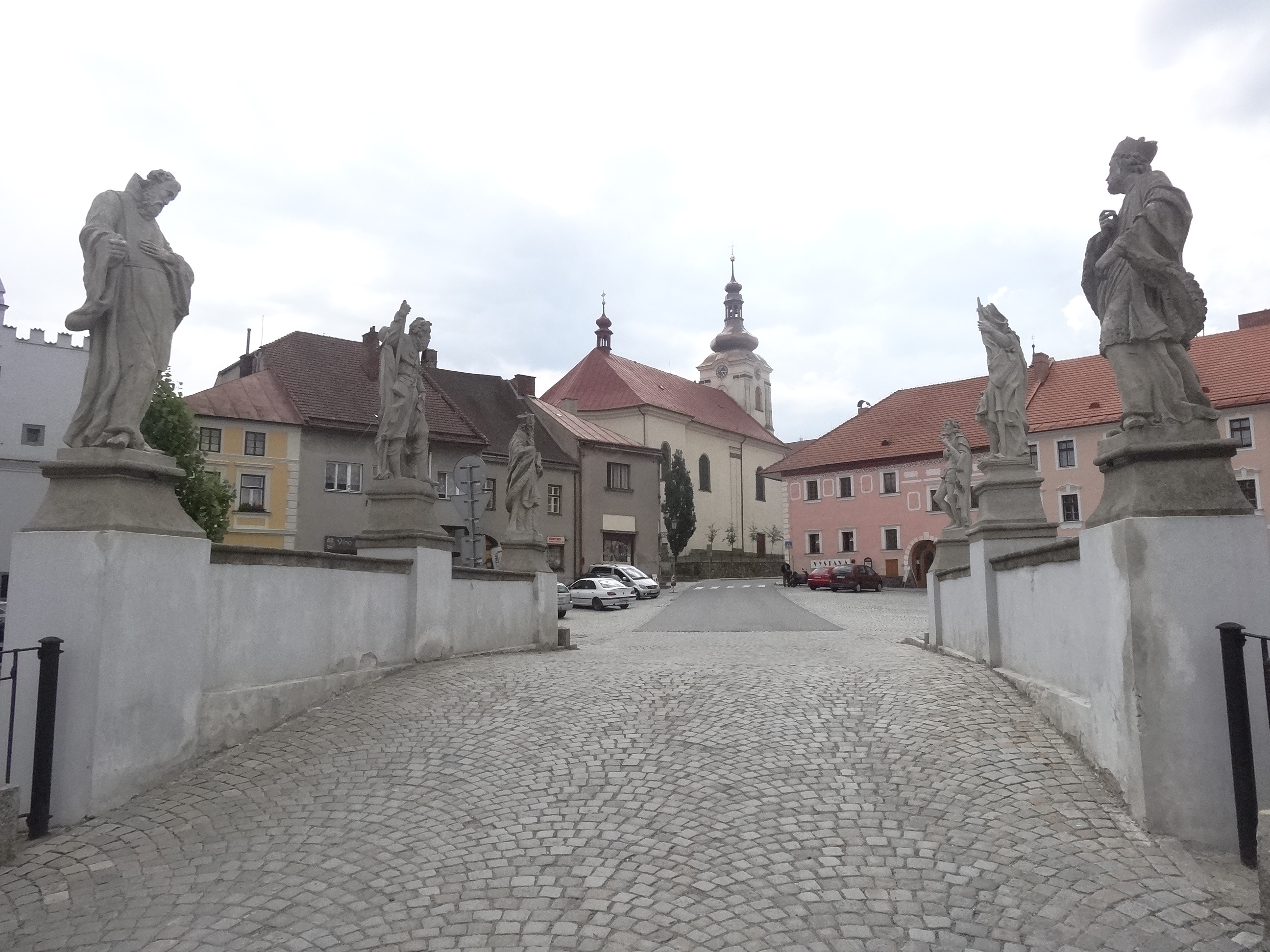
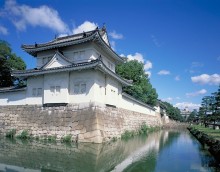
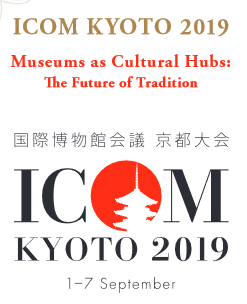 A wide programme of ICOM members meetings, keynote speeches and excursions constitutes the 25th edition of ICOM conference, in Kyoto, under the main theme “MUSEUM AS CULTURAL HUBS: The Future of Tradition”.
A wide programme of ICOM members meetings, keynote speeches and excursions constitutes the 25th edition of ICOM conference, in Kyoto, under the main theme “MUSEUM AS CULTURAL HUBS: The Future of Tradition”.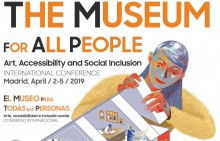
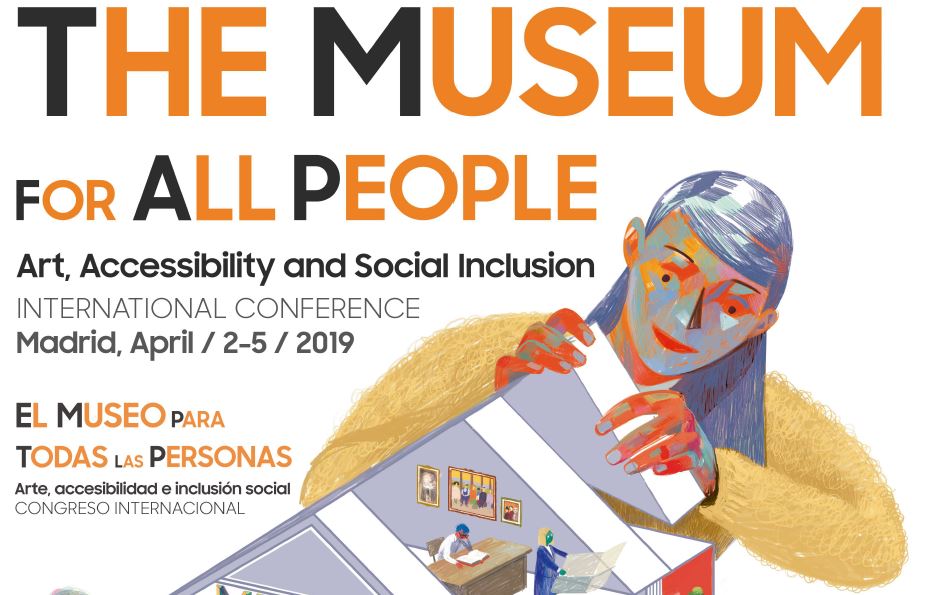 Museums for all people! This was the title of the international conference held from 2 to 5 April 2019 at Complutense University in Madrid. Keynote lectures, short talks and posters discussed the diverse and multi-layered dimensions of art and cultural heritage and in particular of the museum as an institution. The focus was in particular on the great diversity of the public and barrier-free access to culture. Further topics were: the relations between museums and universities, the use of new technologies as well as participative, integrative and cooperative projects. The majority of the presentations and discussions again highlighted the social importance and responsibility of museums. The congress offered valuable opportunities for an intensive exchange across countries and sectors, which will enable the further development of ideas on future museum work in theory, practice and politics.
Museums for all people! This was the title of the international conference held from 2 to 5 April 2019 at Complutense University in Madrid. Keynote lectures, short talks and posters discussed the diverse and multi-layered dimensions of art and cultural heritage and in particular of the museum as an institution. The focus was in particular on the great diversity of the public and barrier-free access to culture. Further topics were: the relations between museums and universities, the use of new technologies as well as participative, integrative and cooperative projects. The majority of the presentations and discussions again highlighted the social importance and responsibility of museums. The congress offered valuable opportunities for an intensive exchange across countries and sectors, which will enable the further development of ideas on future museum work in theory, practice and politics.
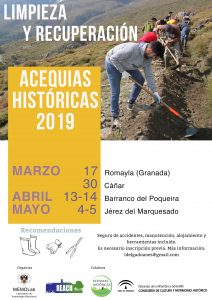
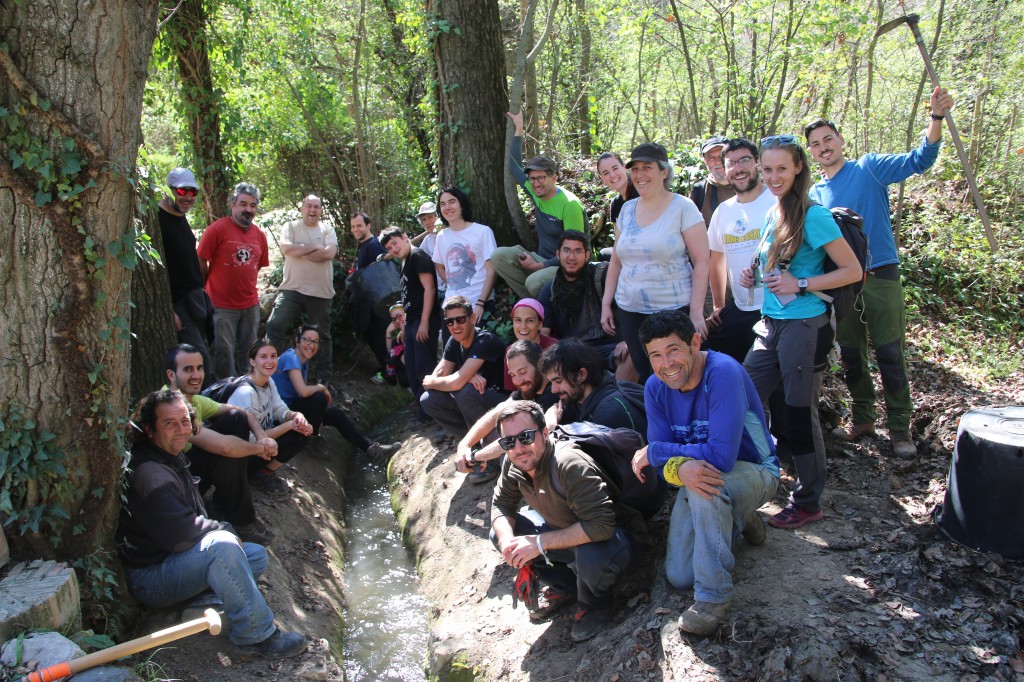
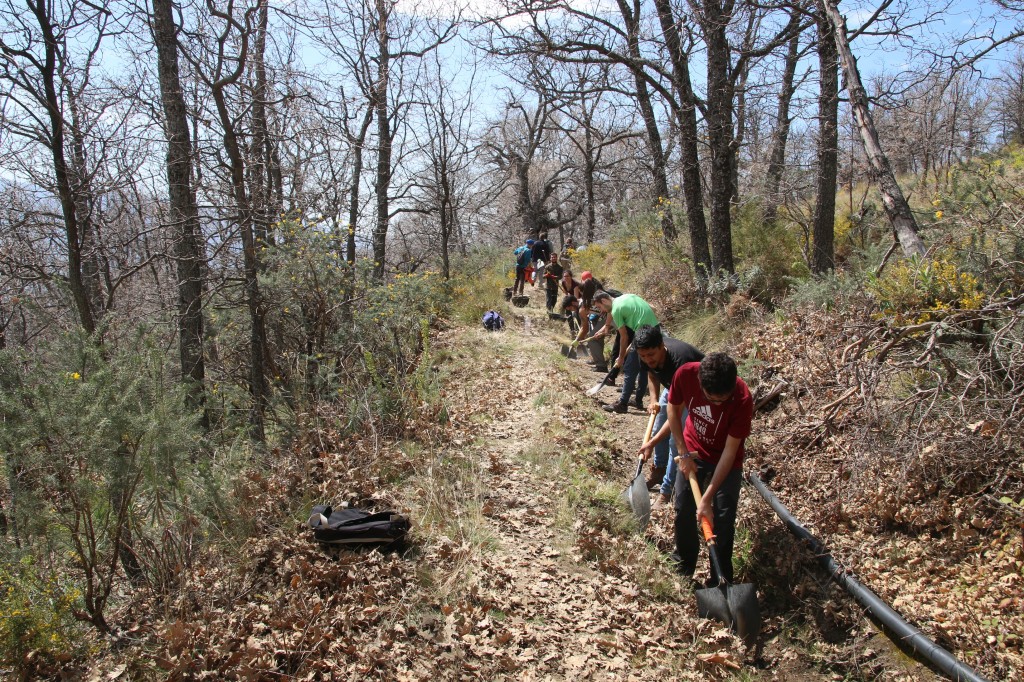
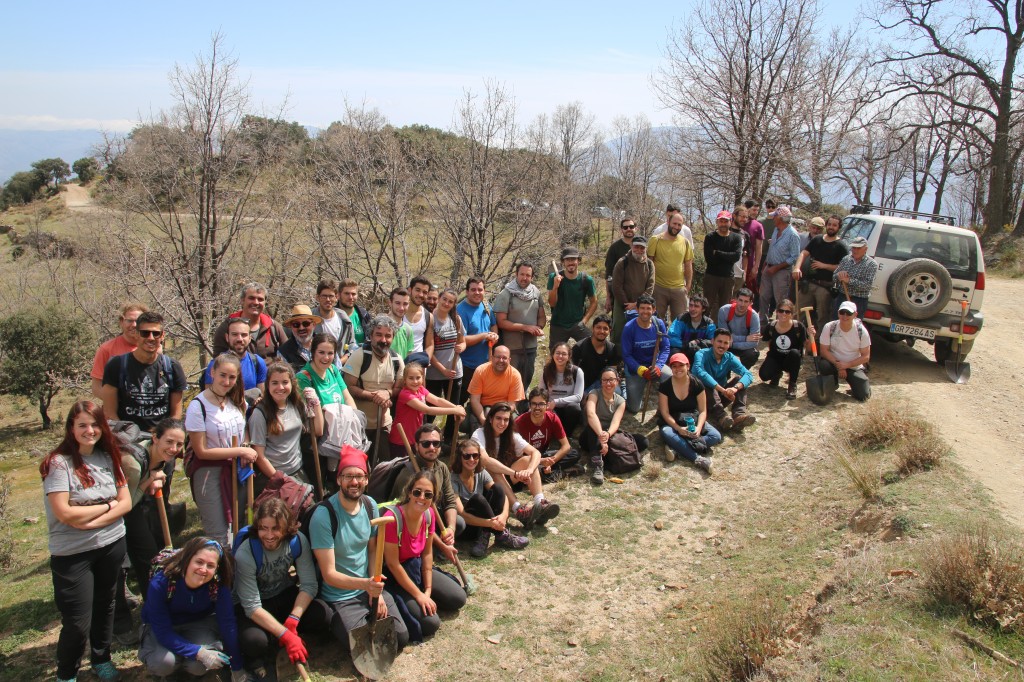
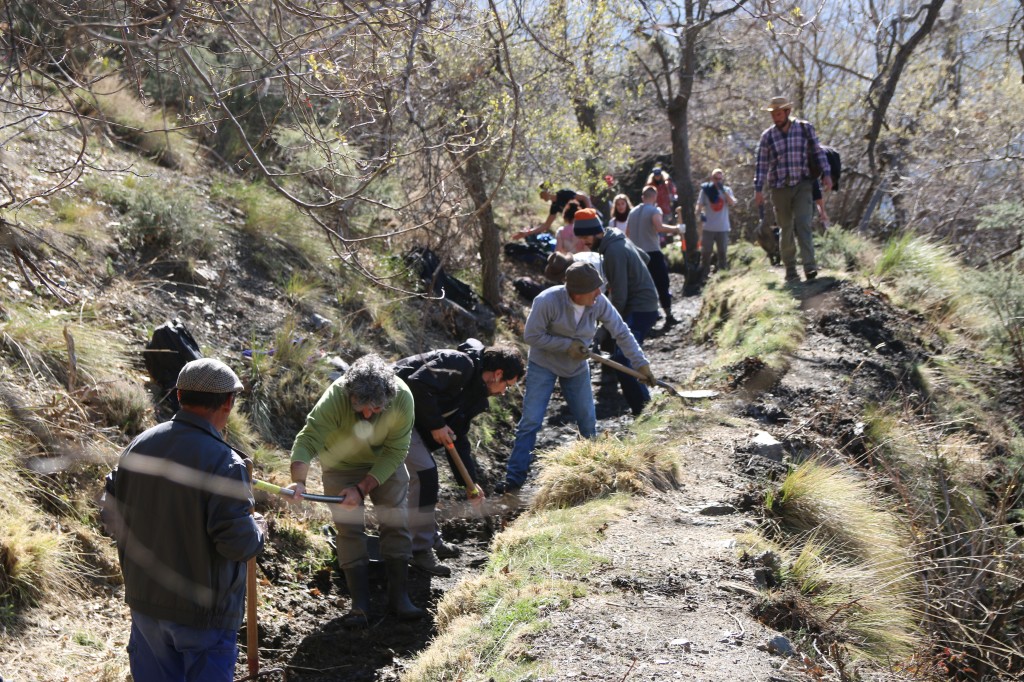
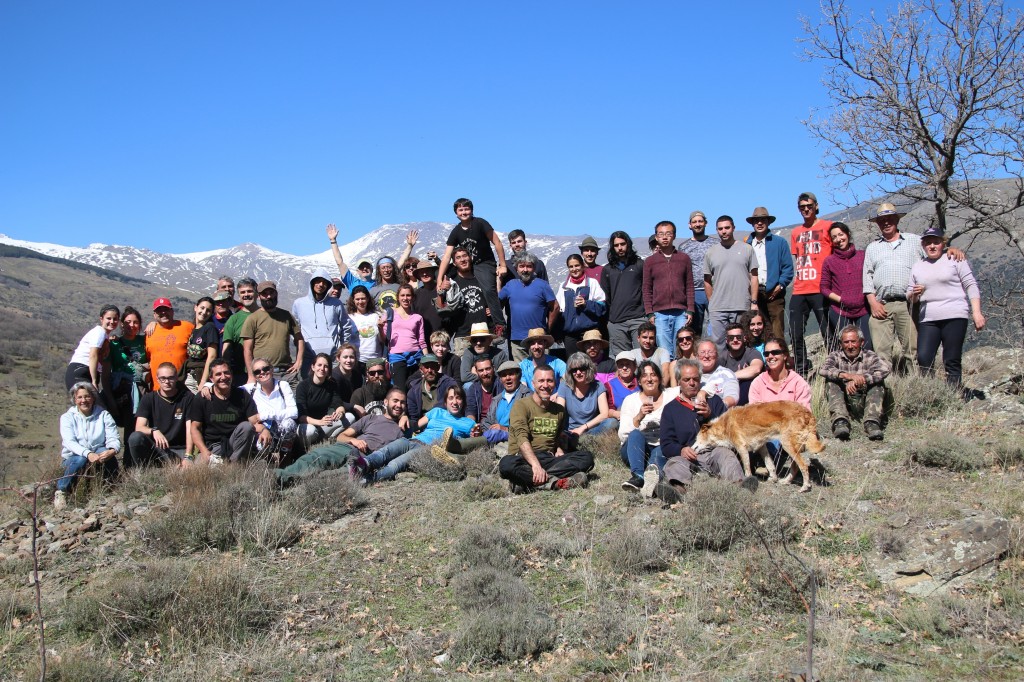

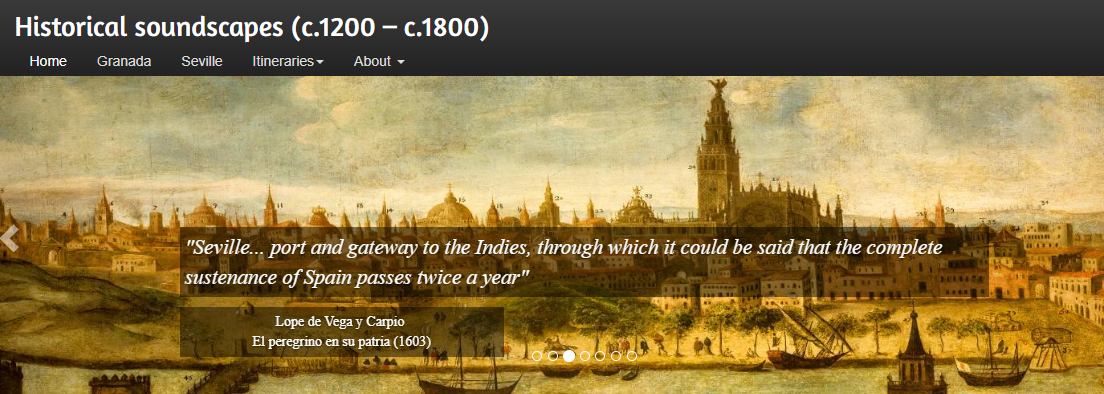
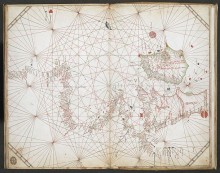
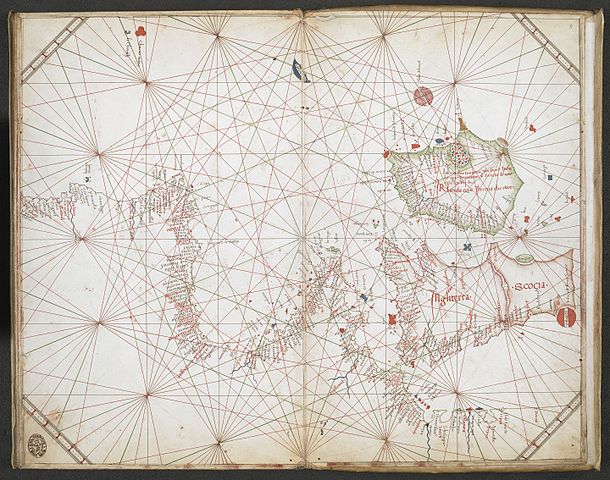 The current issue of EuropeanaTech Insight newsletter is solely dedicated to the Pelagios community and was done in close collaboration with the Pelagios team.
The current issue of EuropeanaTech Insight newsletter is solely dedicated to the Pelagios community and was done in close collaboration with the Pelagios team. 